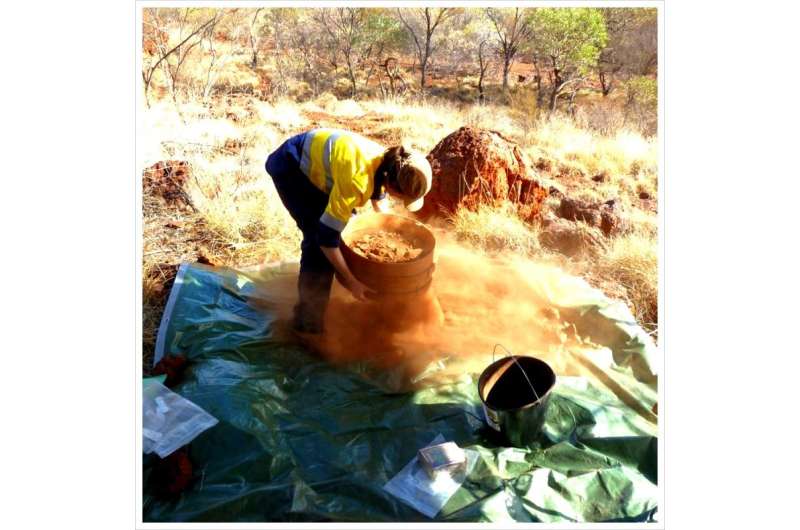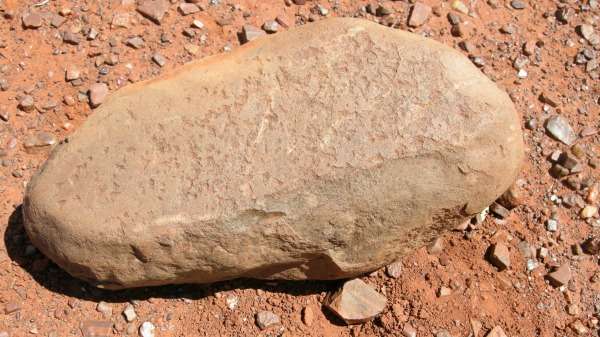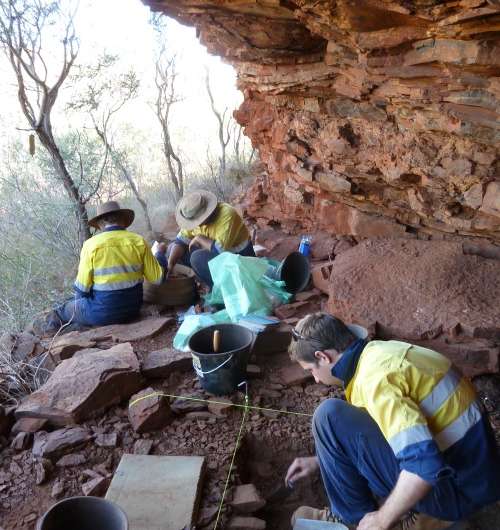Review uncovers favourite rock shelter hangouts

Archaeologists studying data from excavations around Fortescue Metals Group's Cloudbreak and Christmas Creek mines say some Pilbara rock shelters were far more important to early humans than previously thought.
Archae-Aus consultant Dr Caroline Bird says previous digs in the Western Desert had shown rock shelters to be opportunistic resting places of only marginal cultural importance before European settlement.
However, her review of excavation data shows most shelters were important seasonal bases for a range of activities, with only some rock shelters proving to be casual camp sites.
With co-author James Rhoads she chose six rock shelters excavated in the Chichester Range, and analysed statements archaeologists had made about what they expected different types of sites to look like.
She says archaeologists considered sites used for long periods by large groups to have particular characteristics, and sites used by small groups for shorter periods to show different characteristics.
They defined these characteristics as artefact types, different types of raw material used, whether grinding stones were present, and what stages of tool manufacture were represented.
She says larger stone artefacts, such as grindstones and stones stashed for future tool knapping, marked some of the sites as places people planned to return to.
"They are leaving grinding stones there so that when they come back to this place there is a grinding stone waiting for them," she says.

They also found manuports (stones transported from other sites) and partially-knapped stone cores which indicated an intention to return.
They then compared this data with data from nearby surface scatters.
These were areas of open ground with artefacts and rubbish scattered on the surface, which had been treated as separate sites but which they found to be closely related.
She says the most important rock shelters were all associated with nearby surface scatters that clearly showed signs of being used by the same people at the same time.

A rock shelter showing very little occupation had the fewest surface sites nearby, whereas rock shelters with larger and more complicated artefact assemblages had nearby surface sites that were also rich and complex.
"Often you get a shelter and you get maybe a hunting structure a few hundred metres away and you get a large artefact scatter and then maybe you'll get a little quarry as well," she says.
"The whole landscape makes it like a coherent living space, like a house with all the rooms that are slightly separated."
More information: "Rock shelters as indicators of mobility patterns in the inland Pilbara in Archaeology in Oceania," Vol. 50 Supplement (2015): 37–46 DOI: 10.1002/arco.5055
Provided by Science Network WA




















